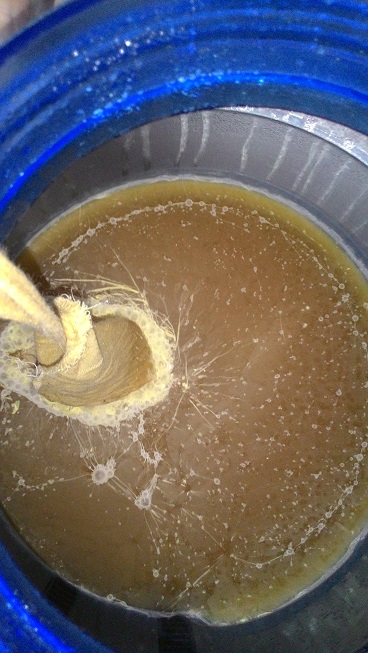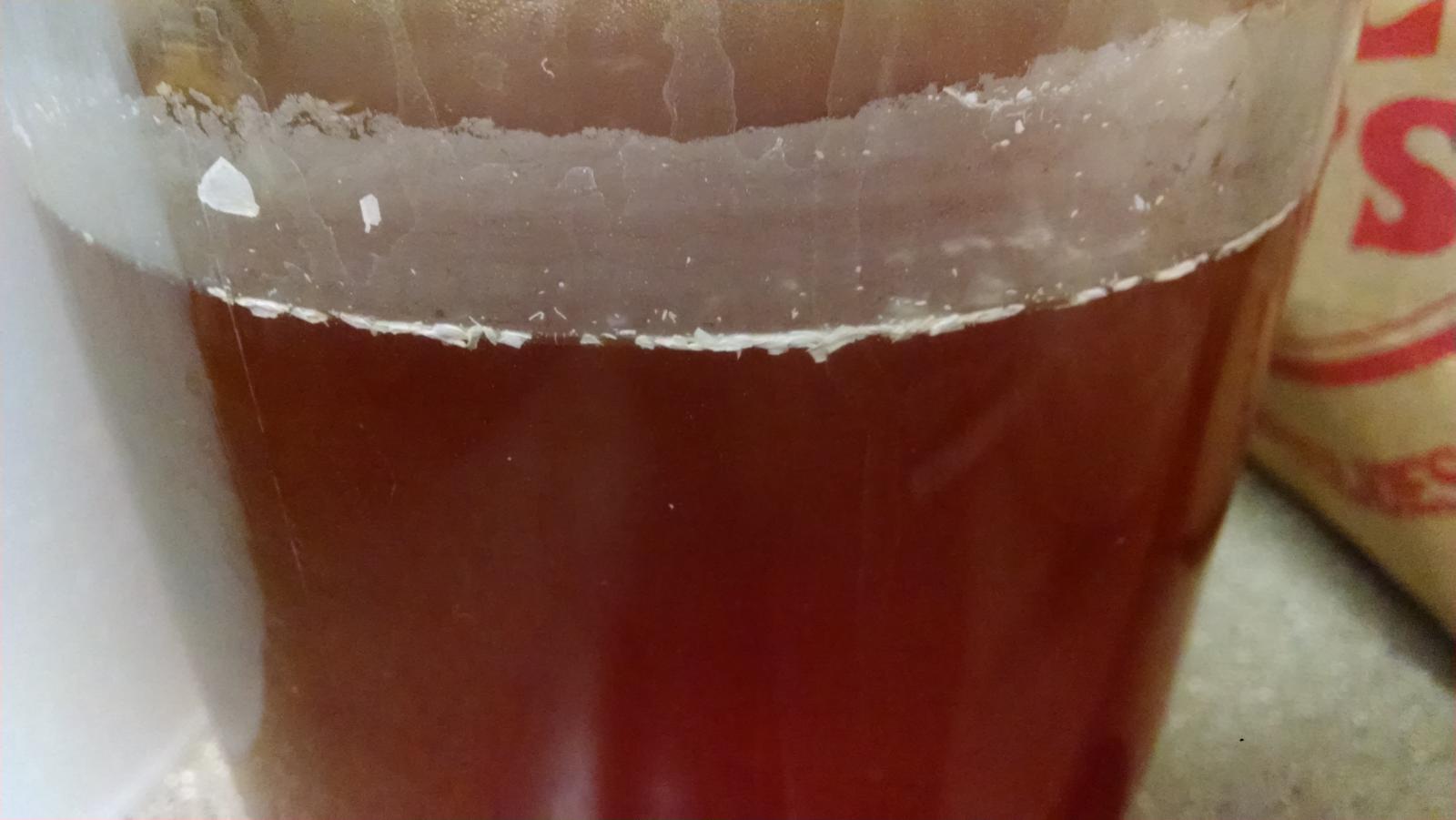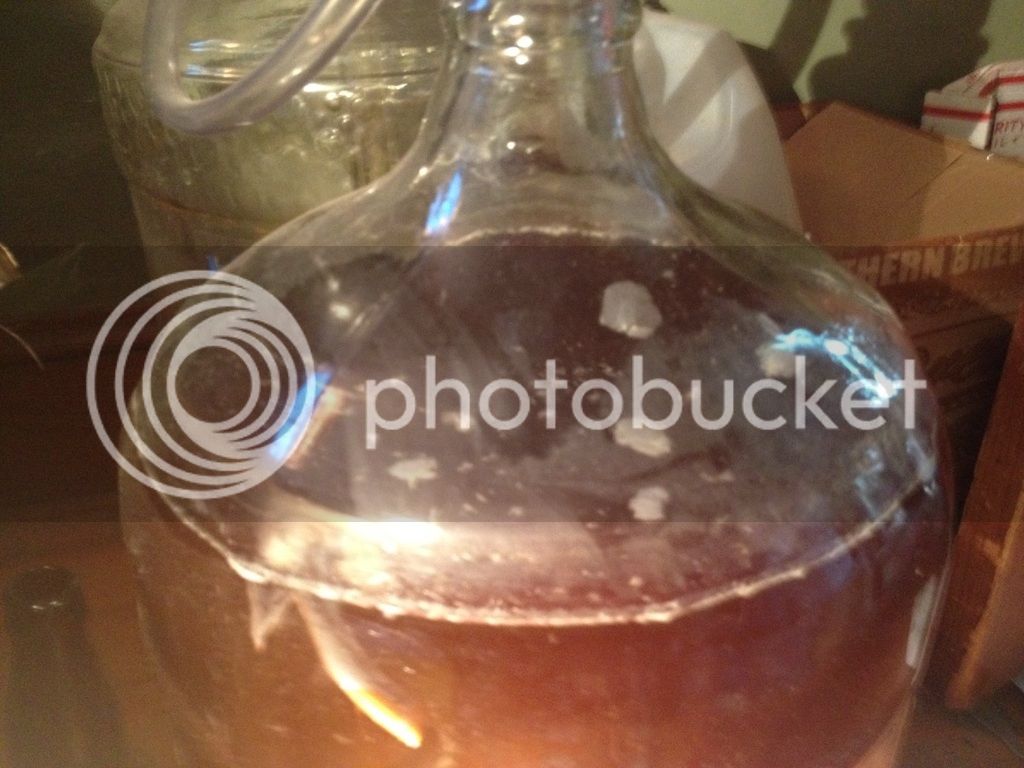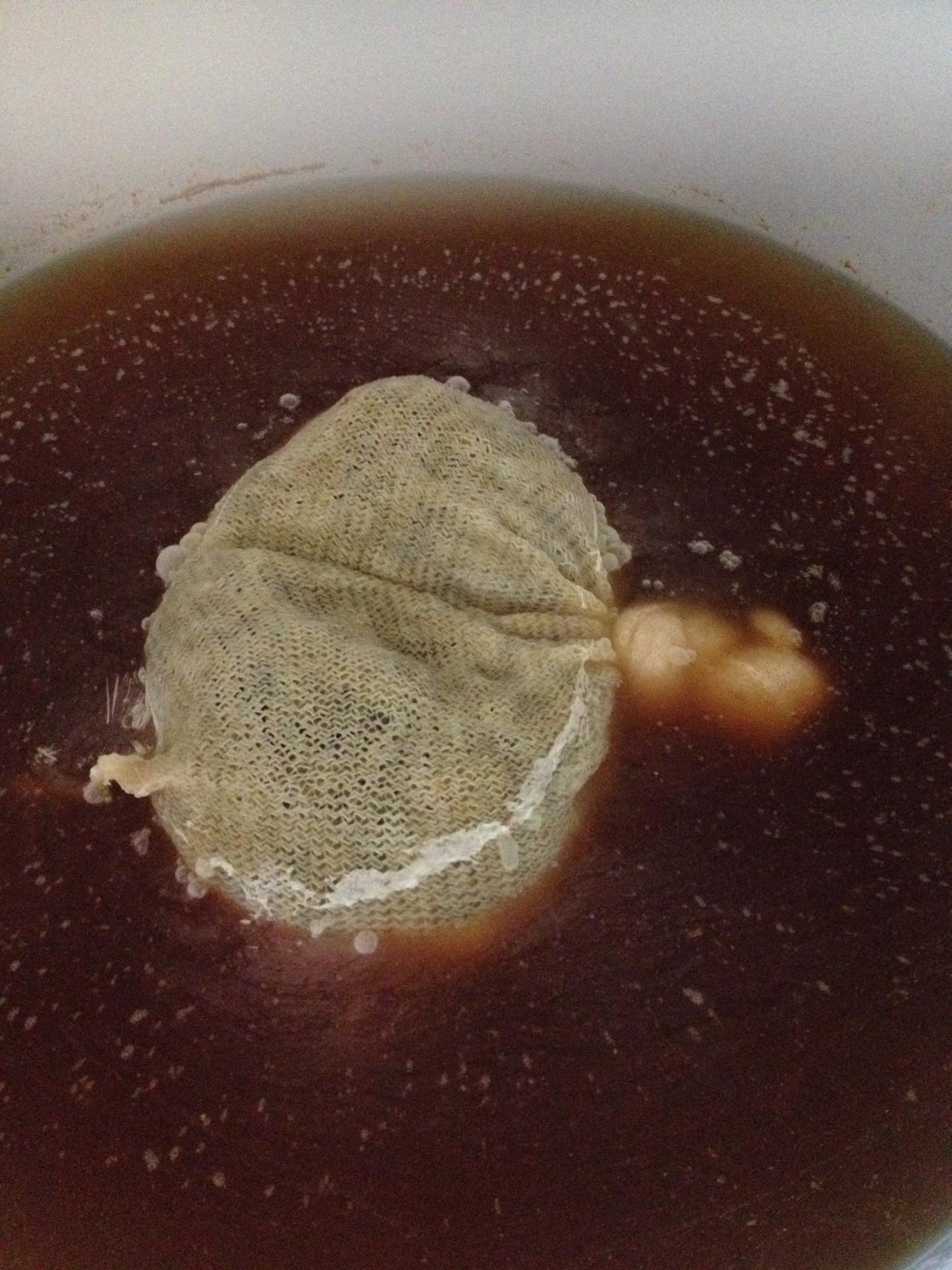BrewerMikey
Active Member
- Joined
- Mar 27, 2013
- Messages
- 38
- Reaction score
- 3
Hi everyone,
After Dry hoping in secondary for 5 days my fermentor has developed bubbles and the material you can see in the photo. Anyone know what this is?
I sanitized/soaked my Hop sack in StarSan for 5-10 minutes.

After Dry hoping in secondary for 5 days my fermentor has developed bubbles and the material you can see in the photo. Anyone know what this is?
I sanitized/soaked my Hop sack in StarSan for 5-10 minutes.













